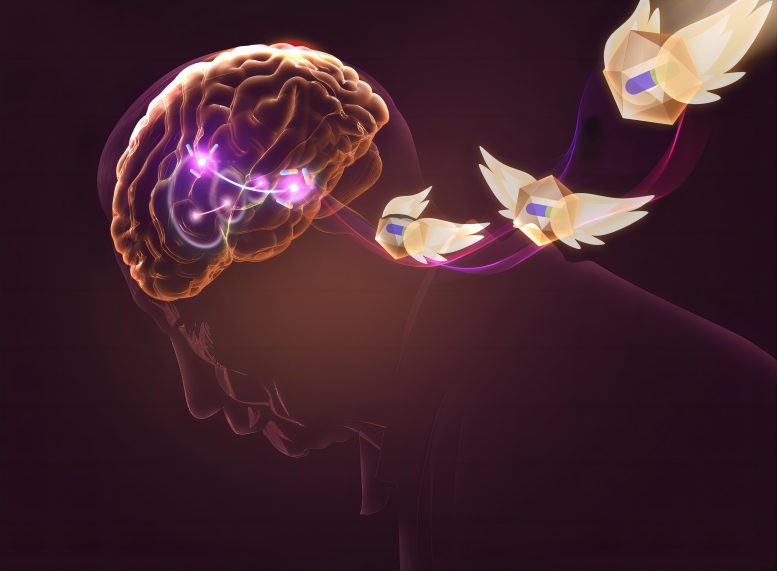
Retrograde AAV selectively targets D1-MSNs and rescues Parkinsonian symptoms with chemogenetic modulation. Credit: SIAT
Scientists from the Shenzhen Institute of Advanced Technology (SIAT) within the Chinese Academy of Sciences (CAS), along with their partners, have designed a targeted gene therapy approach to mitigate the primary motor symptoms of Parkinson’s disease in both rodents and nonhuman primates.
The study was recently published in the journal Cell.
Parkinson’s disease, characterized by the loss of midbrain dopaminergic neurons, is one of the most common neurodegenerative diseases in the elderly population, affecting more than 6 million people worldwide.
Dopamine receptor D1-expressing and D2-expressing medium spiny neurons (D1-MSN and D2-MSN, respectively) constitute 90% of neurons in the striatum. Both D1-MSN and D2-MSN receive dopaminergic innervation from the substantia nigra pars compacta (SNc), yet play opposing roles in movement control.
D1-MSNs that project to the globus pallidus internal segment (GPi) and substantia nigra pars reticulata (SNr) constitute the direct pathway and promote movement. In contrast, D2-MSNs that project to the globus pallidus external segment (GPe) form the indirect pathway and mediate movement inhibition.
In Parkinson’s disease, dopamine depletion causes hypoactivity of the direct pathway and hyperactivity of the indirect pathway, resulting in various motor symptoms.
Limitations of Current Treatments and New Approaches
Levodopa (L-Dopa)-based treatment, which helps to restore the dopamine system’s function, is the mainstay therapy for Parkinson’s disease. Unfortunately, almost all patients given long-term L-Dopa treatment suffer from motor complications (e.g., motor fluctuations and dyskinesia). Thus, precise, efficient, and stable treatments are greatly needed.
Since the SNr receives dense projection from the D1-MSNs and no projection from the D2-MSNs, the researchers proposed that D1-MSNs could be selectively labeled by injecting highly efficient retrograde adeno-associated virus (AAV) into the SNr and then be exclusively manipulated by introducing neuronal activity-regulating elements in the retrograde AAV.
To achieve the above objectives, they developed a novel AAV capsid, AAV8R12, for efficient retrograde labeling of the D1-MSN in the striatum as well a new promoter G88P2/3/7 with strong D1-MSN activity. With a chemogenetic effector rM3Ds to match systemic administration of the activation drug, this gene therapy strategy was able to specifically activate D1-MSN and thus drive the D1-MSN-mediated direct pathway.
Results and Potential of the New Strategy
Typical motor symptoms such as bradykinesia, rigidity, and tremor were greatly improved in primate models with Parkinson’s disease after applying the circuit-specific approach targeting D1-MSNs. For example, bradykinesia was greatly reduced, tremor was completely eliminated, and motor skills were restored.
Unlike L-Dopa treatment which non-specifically activates the dopamine system in both the brain and peripheral organs, this new approach precisely manipulates the D1-MSN-mediated direct pathway.
In addition to its therapeutic effectiveness, this circuit-manipulating gene therapy has a faster onset and longer duration compared to L-Dopa treatment. The alleviation of symptoms after a single drug administration lasts longer than 24 hours compared to a typical 6-hour therapeutic window for L-Dopa. Motor complications such as dyskinesia shown after L-Dopa treatment were absent after applying the gene therapy over an extended period (i.e., over eight months).
Besides showing potential for treating Parkinson’s disease, this circuit-manipulating gene therapy paves the way for future development of targeted, circuit-based therapeutic strategies for other brain disorders.
Reference: “Circuit-specific gene therapy reverses core symptoms in a primate Parkinson’s disease model” by Yefei Chen, Zexuan Hong, Jingyi Wang, Kunlin Liu, Jing Liu, Jianbang Lin, Shijing Feng, Tianhui Zhang, Liang Shan, Taian Liu, Pinyue Guo, Yunping Lin, Tian Li, Qian Chen, Xiaodan Jiang, Anan Li, Xiang Li, Yuantao Li, Jonathan J. Wilde, Jin Bao, Ji Dai and Zhonghua Lu, 2 November 2023, Cell.
DOI: 10.1016/j.cell.2023.10.004

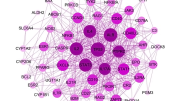
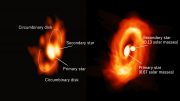
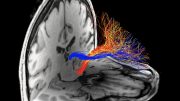


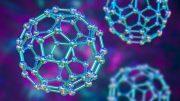


Be the first to comment on "Revolutionary Gene Therapy Tackles Parkinson’s at Its Source: Promising Results in Primates"